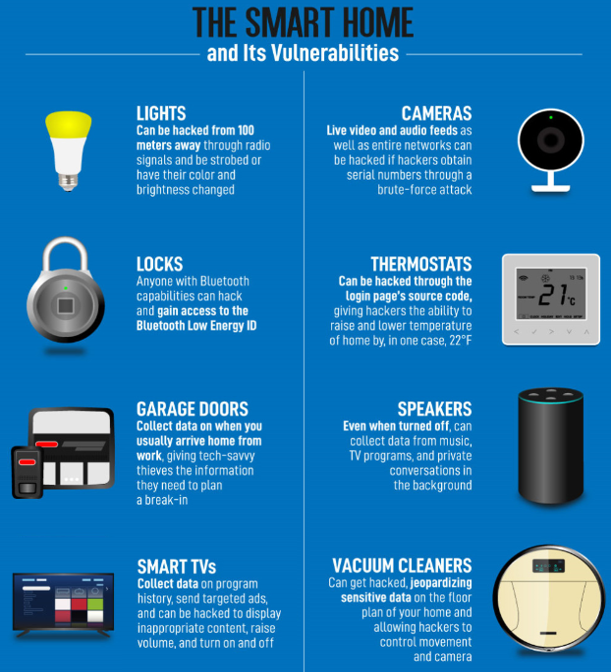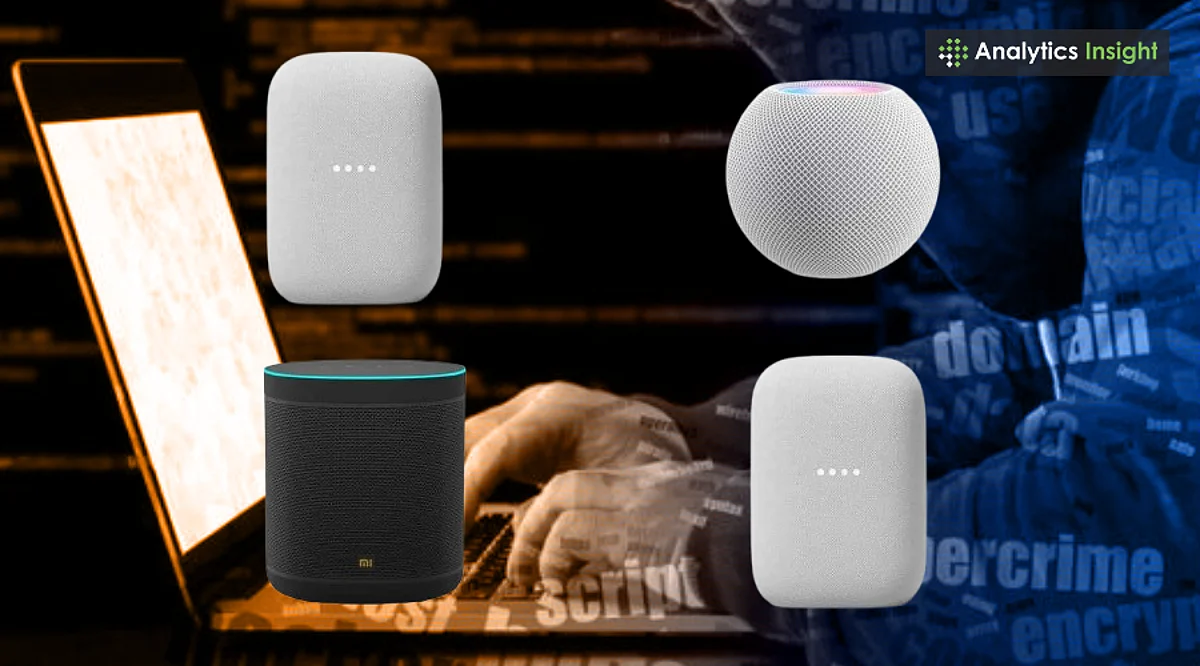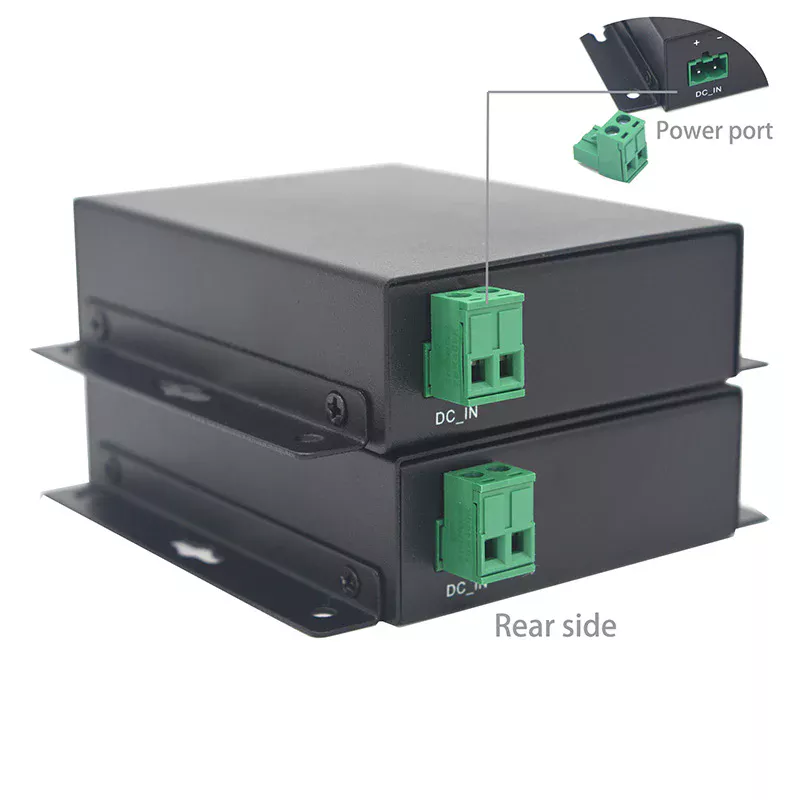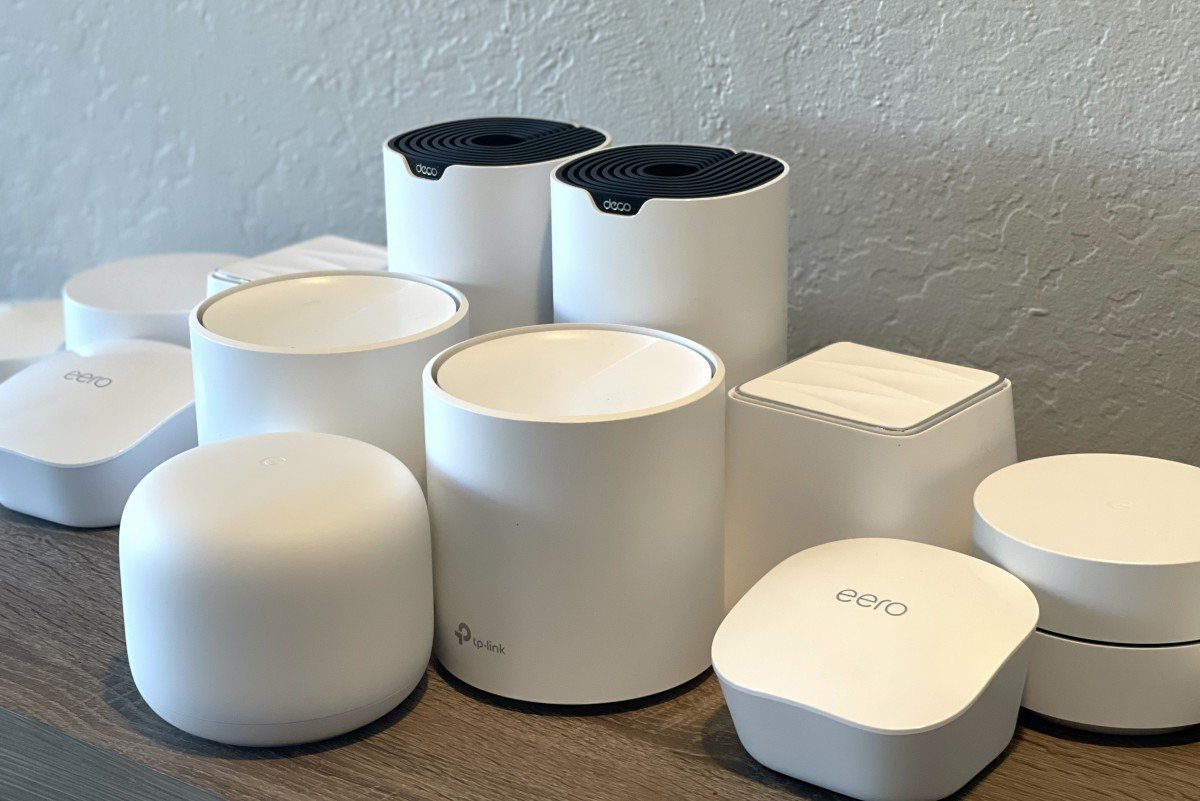Have you ever wondered if the smart devices in your home could be turned against you? Your smart thermostat, security camera, or even your voice assistant might seem convenient, but what if someone else could control them without your permission?
The idea of hackers breaking into your personal space is unsettling—and it should be. Understanding the risks and how to protect your home is crucial. Keep reading to discover how vulnerable your smart devices really are and what you can do to keep your home safe.
How Smart Homes Work
Smart homes use devices that connect to the internet. These devices share information and work together.
This connection lets you control your home from far away. You can use a phone or voice commands.
Common Smart Devices
Smart homes have many devices to make life easier. These include lights, locks, and cameras.
Thermostats and speakers are also common. They help save energy and play music on command.
- Smart lights
- Smart locks
- Security cameras
- Thermostats
- Smart speakers
Connectivity And Control
Devices connect through Wi-Fi, Bluetooth, or special hubs. These connections let devices talk to each other.
You control smart devices with apps or voice assistants. This makes it easy to manage your home remotely.
- Wi-Fi connects devices to the internet
- Bluetooth links devices nearby
- Hubs connect many devices in one place
- Apps let you control devices from phones
- Voice assistants respond to spoken commands

Credit: showmethegreen.ca
Security Flaws In Smart Devices
Smart home devices make life easier but can have security problems. These flaws can let hackers access your devices.
Knowing the main security risks helps you protect your smart home better. Many issues come from weak design choices.
Weak Passwords And Authentication
Many smart devices use simple or default passwords. Hackers can guess or find these passwords easily.
Lack of strong authentication allows unauthorized users to control smart devices. This puts your privacy at risk.
- Default passwords often stay unchanged
- No two-factor authentication on many devices
- Weak password rules allow easy guesses
- Some devices do not lock after repeated tries
Outdated Software And Firmware
Smart devices need regular updates to fix security holes. Many users forget to update their devices.
Old software can have bugs hackers exploit. Lack of updates means devices stay vulnerable for a long time.
- Manufacturers may stop supporting old devices
- Automatic updates are sometimes disabled
- Firmware bugs allow remote access
- Delay in patching known security issues
Vulnerable Communication Protocols
Smart devices use protocols like Wi-Fi and Bluetooth to communicate. Some protocols have weak security.
Hackers can intercept or fake messages between devices. This can lead to device control or data theft.
- Unencrypted data transmission risks interception
- Bluetooth flaws allow unauthorized connections
- Weak network security exposes devices
- Protocols without proper authentication are risky
Types Of Smart Home Hacks
Smart home devices make life easier but can be targets for hackers. Different hacks affect these devices in various ways.
Understanding common types of smart home hacks helps protect your devices and data.
Unauthorized Access
Hackers can break into your smart home system without permission. They use weak passwords or unsecured networks to enter.
Once inside, they control devices or spy on your activities.
- Using default or easy passwords
- Accessing devices through open Wi-Fi
- Exploiting security flaws in device software
Data Theft
Hackers steal personal information from your smart devices. This includes passwords, location, and habits.
Data theft can lead to identity theft or financial loss.
- Intercepting data sent over the internet
- Accessing stored information on devices
- Using malware to capture private details
Device Manipulation
Hackers can change how your devices work. They may turn devices on or off without your permission.
This can cause inconvenience or even danger, like unlocking doors or disabling alarms.
- Sending fake commands to devices
- Changing device settings remotely
- Using hacked devices to attack other systems
Real-life Hacking Incidents
Smart home devices are popular for making life easier. These devices connect to the internet to work.
But this connection also creates risks. Hackers have targeted these devices in real cases.
High-profile Breaches
Some hacking cases made big news. These breaches showed how smart devices can be unsafe.
For example, hackers took control of smart cameras in homes. They used them to spy on people.
- In 2016, hackers attacked a smart baby monitor. They spoke through its speaker to scare a child.
- In 2019, a large smart thermostat network was hacked. Hackers raised and lowered temperatures wildly.
- A popular brand of smart locks was hacked in 2020. Thieves opened doors without keys.
Common Attack Scenarios
Hackers use many ways to break into smart devices. Some methods are simple but effective.
They often look for weak passwords or outdated software. These create easy entry points.
- Using default factory passwords that users never change
- Exploiting outdated device software with known security holes
- Intercepting data over unsecured Wi-Fi networks
- Launching large attacks that overload devices and take them offline
Risks To Privacy And Safety
Smart home devices make life easier but can also bring risks. These devices connect to the internet and collect data.
Hackers may try to access your devices to spy on you or cause harm. Understanding these risks helps protect your home.
Surveillance And Spying
Hackers can take control of cameras and microphones in smart devices. They may watch or listen without your knowledge.
This invasion of privacy can reveal personal details and daily routines. It can make people feel unsafe in their own homes.
- Unauthorized access to video feeds
- Listening to private conversations
- Tracking your movements and habits
Physical Security Threats
Smart locks and alarms can be hacked to open doors or disable security. This puts your home at risk of burglary.
Hackers can also cause devices to malfunction, which may lead to dangerous situations. For example, turning off smoke detectors.
- Opening smart locks without permission
- Disabling alarms and sensors
- Causing device failures that harm safety

Credit: infosecwriteups.com
Protecting Your Smart Home
Smart home devices make life easier. They control lights, locks, and cameras. But these devices can be hacked if not protected well.
Keeping your smart home safe is very important. Use smart habits to stop hackers from getting in.
Strong Password Practices
Create strong passwords for all your devices. Avoid simple words like “password” or “123456”. Use a mix of letters, numbers, and symbols.
Change default passwords right after setup. Use a different password for each device or account to limit risk.
- Make passwords at least 12 characters long
- Use both uppercase and lowercase letters
- Include numbers and special characters
- Change passwords every few months
Regular Updates And Patches
Keep your devices updated with the latest software. Updates fix security problems that hackers can use.
Turn on automatic updates if possible. Check for new patches often to stay protected.
- Enable auto-updates for all smart devices
- Check device apps regularly for updates
- Install patches as soon as they are available
Network Security Tips
Secure your Wi-Fi network to protect smart devices. Use strong passwords and encryption for your router.
Separate your smart devices on a guest network. This keeps your main devices safer from attacks.
- Use WPA3 or WPA2 encryption on your Wi-Fi
- Create a separate guest network for smart devices
- Turn off network features you do not use
- Use a firewall to block unauthorized access
Future Of Smart Home Security
Smart home devices make life easier by connecting everything. They also bring new security challenges.
Keeping these devices safe needs strong technology and smart rules. The future will improve how we protect homes.
Advances In Encryption
Encryption scrambles data to keep it secret from hackers. New methods will make this stronger.
Better encryption means hackers cannot read data even if they get it. This protects smart home devices well.
- End-to-end encryption will become common
- Stronger keys will resist attacks longer
- Devices will update encryption automatically
Ai And Threat Detection
Artificial intelligence can watch for unusual behavior in smart homes. It helps find threats fast.
AI learns normal device actions and alerts owners if something is wrong. This stops attacks early.
- AI monitors device traffic in real time
- It detects new hacking methods quickly
- AI helps fix problems without waiting
Industry Standards And Regulations
Rules and standards help companies build safer smart devices. Governments will create clearer laws.
These rules will require strong security steps. They protect users from risky devices and hacks.
- Security certifications will be mandatory
- Manufacturers must report breaches quickly
- Privacy laws will limit data sharing

Credit: nerdalert.com
Frequently Asked Questions
Can Smart Home Devices Really Be Hacked?
Yes, smart home devices can be hacked if they lack strong security. Weak passwords, outdated software, and unsecured networks increase risks. Always update firmware and use strong passwords to protect your devices from hackers.
How Do Hackers Access Smart Home Devices?
Hackers exploit vulnerabilities like weak passwords, outdated firmware, and unsecured Wi-Fi networks. They use malware, phishing, or brute force attacks to gain control. Regular updates and secure settings reduce these risks significantly.
What Are Common Signs Of A Hacked Smart Device?
Unusual activity like devices turning on/off, slow performance, or unexpected alerts can indicate hacking. Strange network traffic or unknown devices connected to your network are also warning signs.
How Can I Protect My Smart Home From Hacking?
Use strong, unique passwords and enable two-factor authentication. Regularly update device firmware and router software. Avoid public Wi-Fi and monitor your network for suspicious activity.
Conclusion
Smart home devices offer convenience. But they come with security risks. Hackers can target these devices. Always update software to stay secure. Use strong, unique passwords. Consider devices with good security features. Educate yourself about potential threats. Stay informed on security news.
Protect your network with a strong firewall. Regularly check your devices for unusual activity. Be cautious with the information you share. Smart homes need smart security practices. Prioritize safety to enjoy your smart home fully.
16 min read








